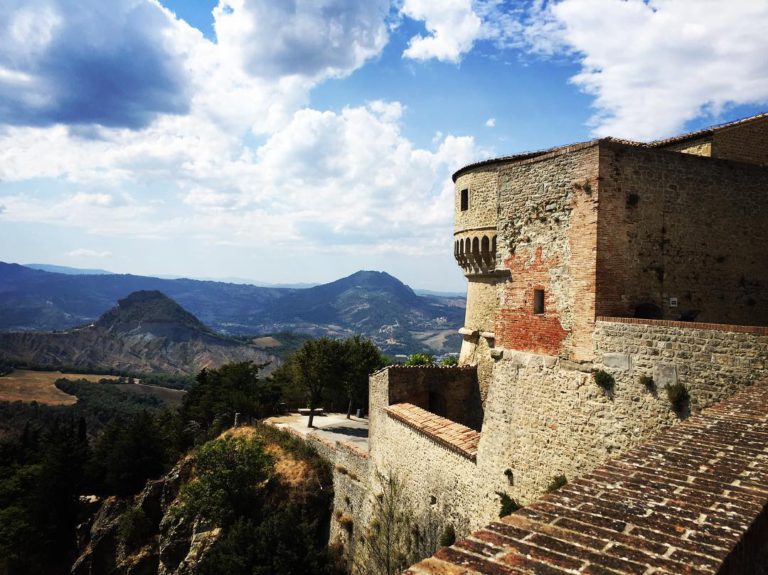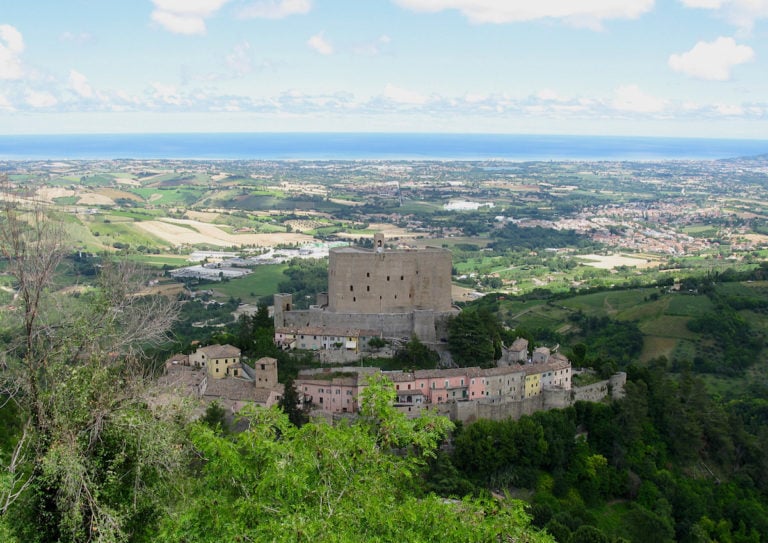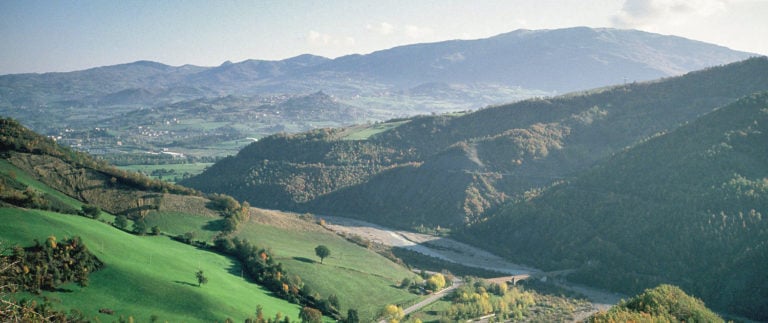The inland area of Emilia holds numerous treasures; one of these is undoubtedly the network of the Castles of the Duchy of Parma and Piacenza, which rise from the fertile Po valley to the scenic mountains of the Apennines, making the landscape truly memorable.
If the Romagna’s territory was the home of the Malatesta and Montefeltro dynasties, the Emilian territory has seen over the centuries the succession of numerous noble families (such as the Farnese, the Bourbons of Parma, the Pallavicino, the Visconti, the Meli Lupi, the Gonzaga, the Rossi, the Sanvitale, the Sforza, the Landi and the Malaspina) who left an indelible mark on it. The most tangible trace is still today made up of these ancient dwellings – castles, fortresses and villas – which bear witness to the important past of these lands.
Here you find ten of the Castles of the Duchy not to be missed if you are planning a visit to Emilia.
IN THE PROVINCE OF PARMA:
BARDI
Perched on a spur of red jasper that rises in the center of the Val Ceno, the building overlooks the point where the Noveglia stream flows into the Ceno river. The fort is one of the greatest examples of military architecture in Emilia; it is completely surrounded by escarpment walls, equipped with an entirely walkable rampart, whose irregular shape follows the conformation of the rocky spur.
Inside the fortress there are numerous museums.
A Legend says that a ghost roams the walls of the castle: the restless spirit of Moroello, , a young commander of the guard whose life was marked by a tragic love story with the beautiful castle lady Soleste.
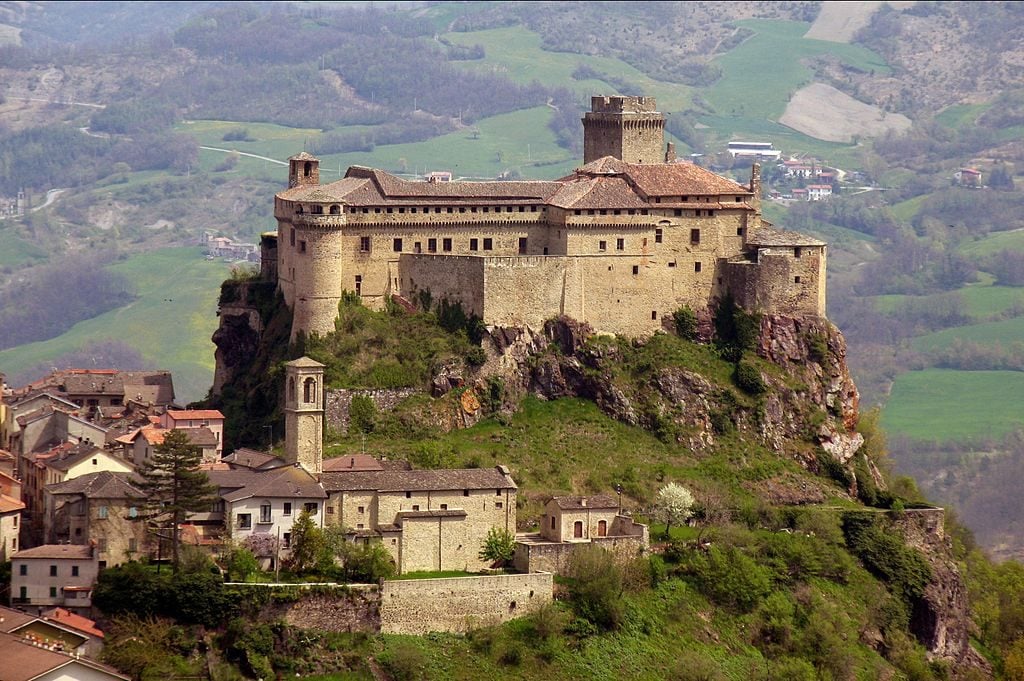
COLORNO
The Palace of Colorno was built at the beginning of the 18th century by the duke Francesco Farnese on the remains of a previous medieval fortress. The palace then became the favorite residence of Filippo di Borbone and his wife Louise Elisabeth, who renewed it on the model of Versailles (of this era is the addition of the external staircase), and was later inhabited by Napoleon’s second wife, Maria Luigia d ‘Austria, the “good duchess”, who transformed the large French garden into a romantic English garden.
The palace is composed of over 400 rooms, with pink marble floors and frescoed ceilings and is known as the “little Versailles”.
The guided tour includes a visit to the noble floor, the apartment of Duke Ferdinando di Borbone and the Ducal Chapel of San Liborio. The Historic Garden is open all year round during the day, with free admission.
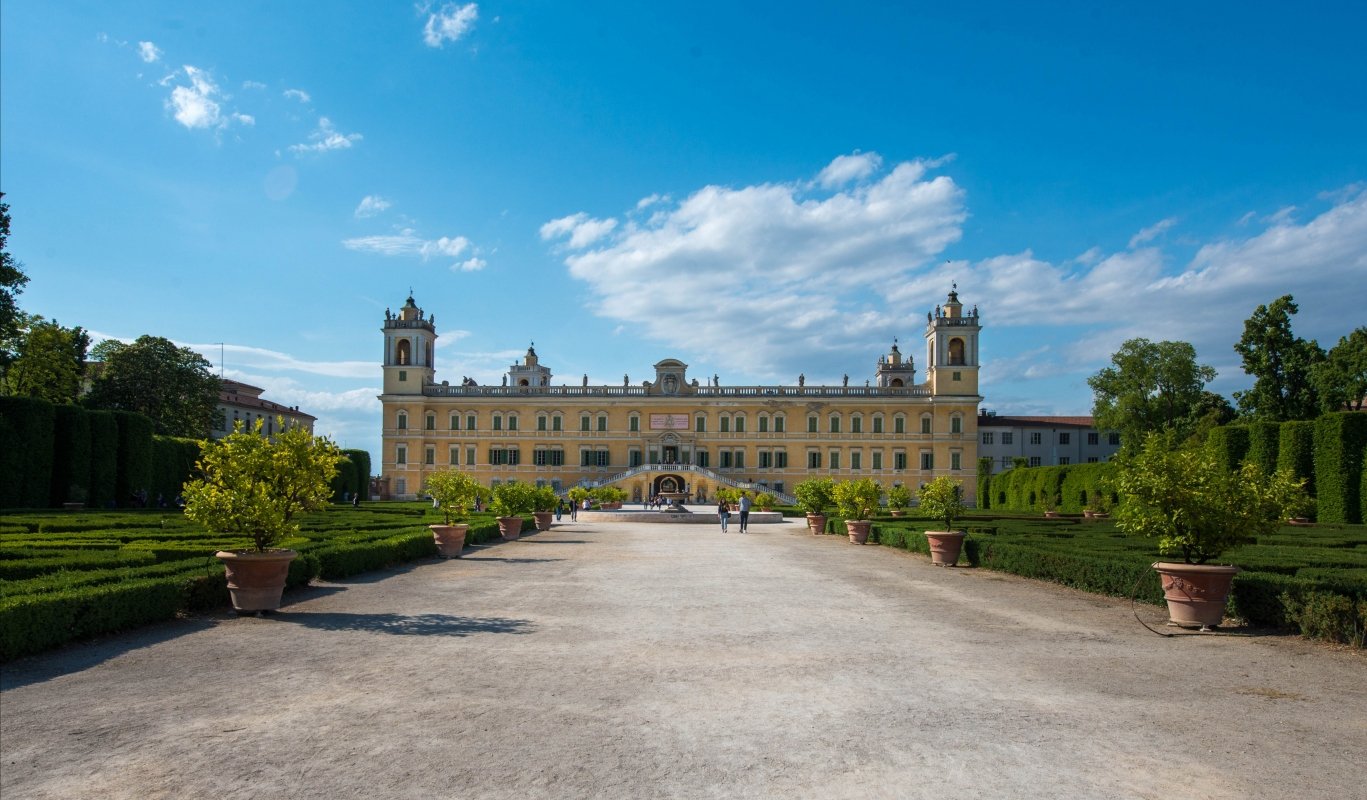
FONTANELLATO
The medieval Rocca Sanvitale of Fontanellato stands right in the centre of the village, surrounded by a wide moat of water. Its square structure, with four towers and crenellated walls, has the typical characteristics of the military constructions and originally the access was allowed by a drawbridge, now stonework.
Inside, enriched by Renaissance furniture, there is one of the masterpieces of Italian Mannerism: the small room painted by Parmigianino in 1524, depicting the myth of Diana and Actaeon taken from Ovid’s Metamorphoses.
Moreover, among the rooms, there is the nineteenth-century Optical Chamber, which thanks to an ingenious system of lenses and prisms allows you to secretly browse the life of the square in front of the castle.
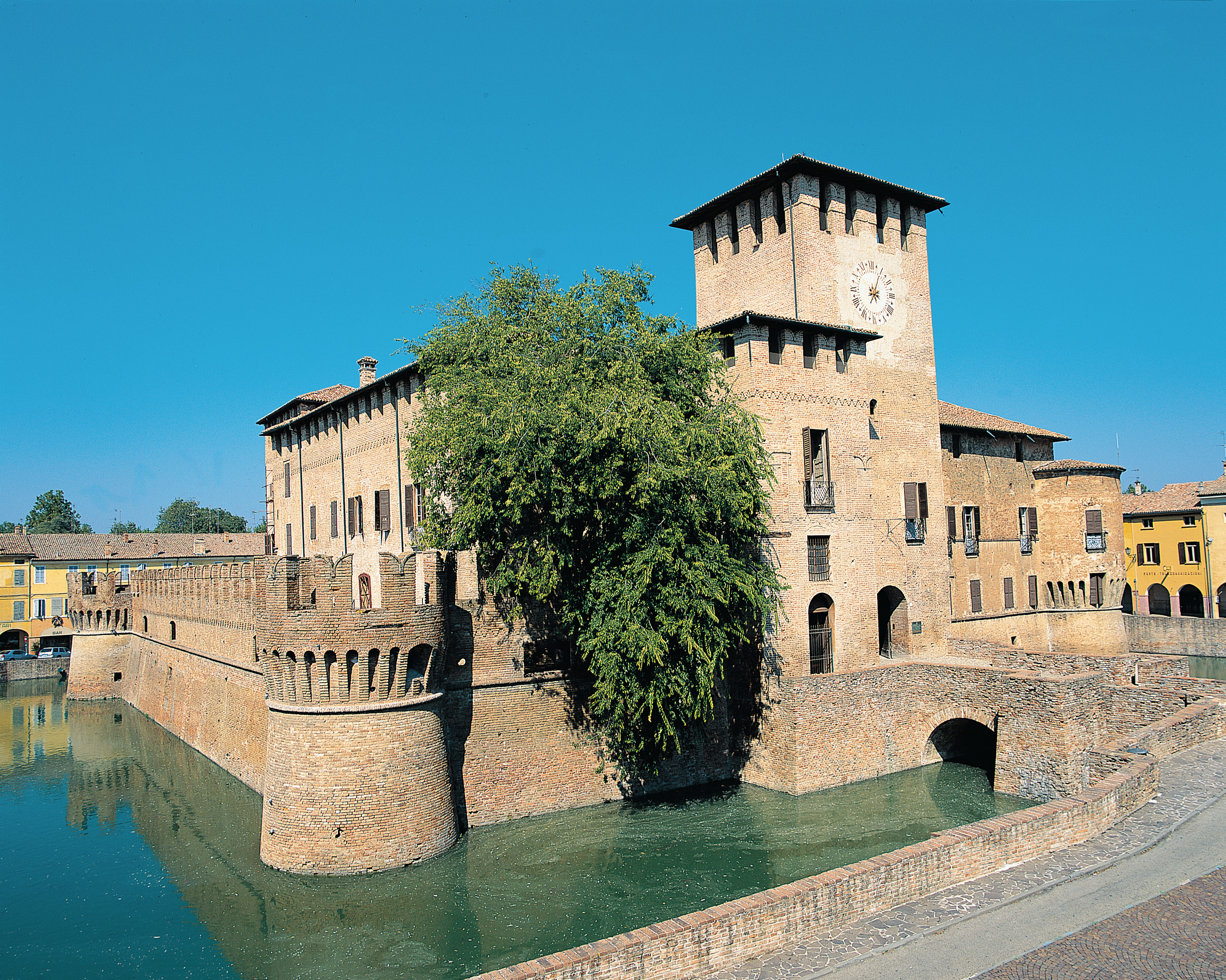
MONTECHIARUGOLO
The Castle of Montechiarugolo stands on a natural terrace overlooking the left bank of the Enza stream, in a strategic position on the border between the Parma and the Reggio territories.
Built by the condottiere Guido Torelli in the fifteenth century on the remains of a pre-existing settlement, the fort experienced its heyday during the life of Pomponio Torelli, a distinguished humanist and grandson of Pico della Mirandola, who made it the destination of an elected circle of illustrious artists and guests, including Pope Paolo III and King of France Francesco I.
With the “Conspiracy of the Feudatories”, in 1612 the castle was expropriated and entrusted to a military garrison and inside it a factory for the working of burning powders was placed.
In 1864 it was purchased by the Marchi family, which is still its owner.
The sad story of the Fata Bema is also linked to the history of the Castle, whose ghost appears in the castle each year on May 19th.
In contrast to the severe external structure, composed of mighty embattled walls and a drawbridge, the interior of the building has rich renaissance furnishings, with pictorial cycles, paintings, frescoes and suggestive flower gardens.
The covered walkways are also well preserved (currently closed to the public), while from the arcade the panorama above the Enza park opens up.
TORRECHIARA
This charming castle located in Langhirano, on the first hills of Parma, was built between 1448 and 1460 (on the ruins of a previous stronghold) by Pier Maria II de’ Rossi in honor of the beloved Bianca Pellegrini. The building, in fact, served not only as a defensive structure, but also as an isolated residence for the two lovers: the defensive function is attested by the three circle of walls and the four corner towers, the residential destination is evident from the richness of the ornaments, including the cycle of frescoes attributed to Benedetto Bembo in the so-called Golden Room, depicting scenes of chivalrous love and the celebration of the love between Bianca and Pier Maria. The castle is considered one of the best preserved examples of castle architecture in Italy, as it combines elements of the Middle Ages with elements of the Renaissance.
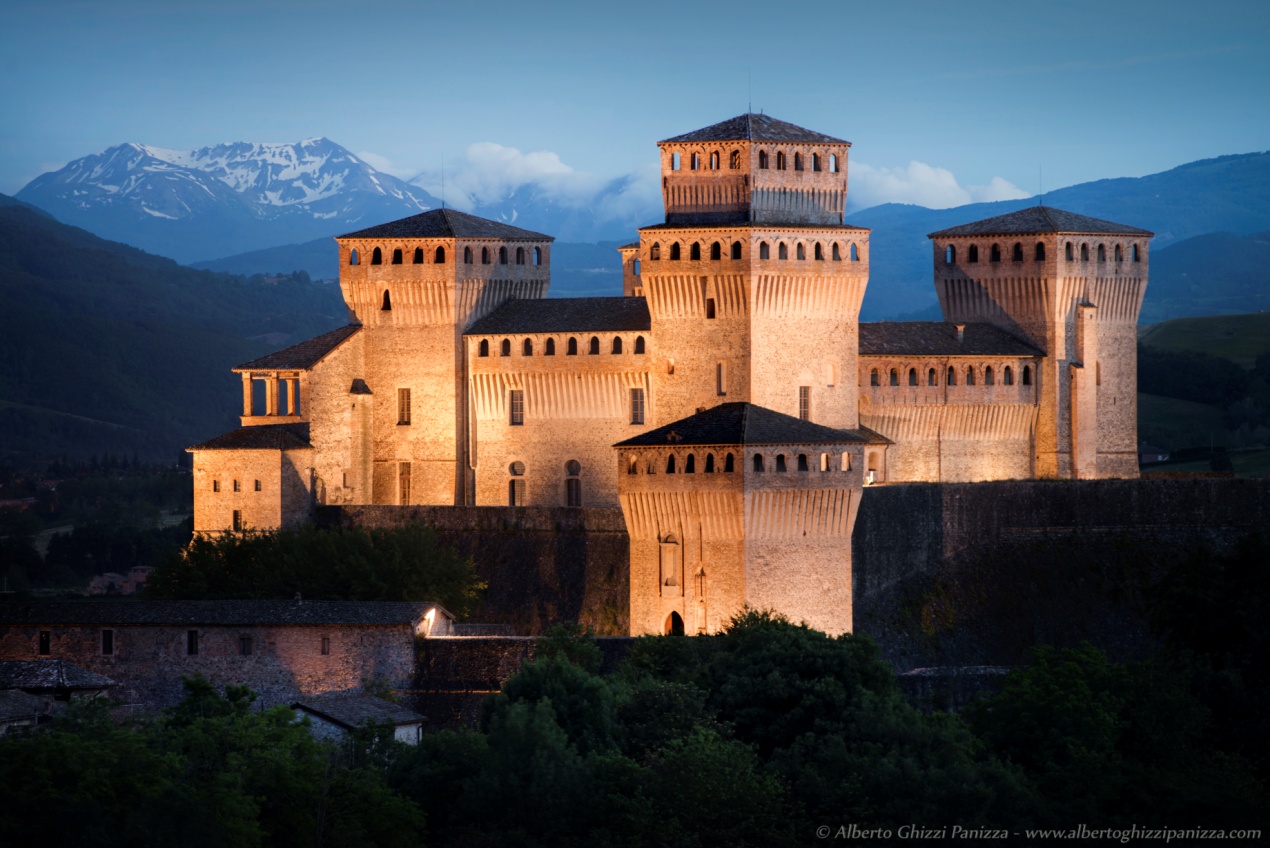
IN THE PROVINCE OF PIACENZA:
CASTELL’ARQUATO
Strategically perched on the hills on the left bank of the Arda river, the medieval village of Castell’Arquato, with its towers, dominates the surrounding area of the Val d’Arda. Walking up through the picturesque medieval alleys of the village you reach the central square, on which stands the Rocca Viscontea.
Built by Luchino Visconti in the mid-14th century, the fortress was the seat of the military garrison and consists of a quadrangular plan, with four square towers, in addition to the main tower.
The castle is also famous for having been chosen as one of the sets of the movie Lady Hawke and currently houses a museum dedicated to medieval life.
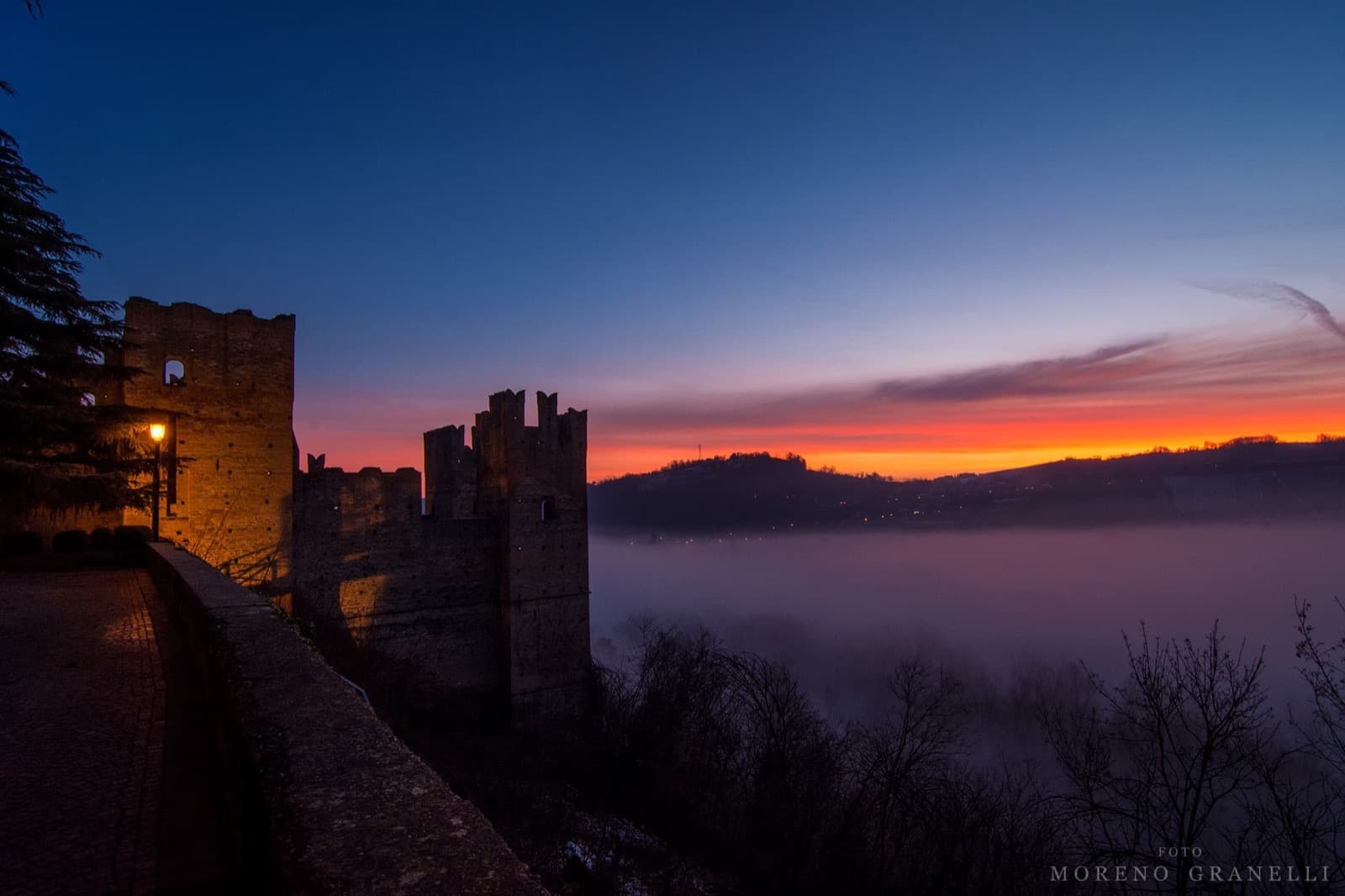
RIVALTA
The millenary Castello di Rivalta stands on a steep escarpment overlooking the bank of the Trebbia river, in a position that, although not particularly high, allows a wide view of the Val Trebbia.
This imposing complex has always belonged, with brief interruptions, to the Landi family, which still owns it and lives there. The castle has a quadrangular plan, with an inner courtyard surrounded by a double row of loggias, but the architectural element that most characterizes the building is the tower dominated by a smaller tower, which hides a spiral staircase.
Inside, the tower houses the infamous Pozzo del Taglio, so called because of the blades on the bottom, an instrument of torture for the unfortunate being thrown into it.
The interior is still decorated with antique furniture, paintings and objects, including a vast display of armor, weapons and uniforms and a curious collection of ancient musical instruments.
GROPPARELLO
The Castle of Gropparello rises on top of a rocky spur, on a precipice that dominates the Vezzeno stream; its position, which forms a gorge of about 85 meters in height, has made the castle practically impregnable over the centuries.
The name seems to come from the Celtic term Grop, which indicates a natural obstacle of a rocky type. The complex was built in the VIII century on the site of a Roman castrum, placed to defend the road to Veleia. Only Guelph stronghold in the Piacenza area, the castle was a battleground between the Guelphs and Ghibellines, and passed through the hands of many families, until it became property of the Gibelli family, which has now opened it to the public.
The building has an irregular shape and its double crenellated walls follow the steep profile of the rocky spur. Although composed of parts dating back to different eras (the oldest part is the square tower built right on top of the cliff) it has preserved the compact appearance of the stronghold, accessible via a double drawbridge.
In the park of the Castle the spectacular Museum of the Rising Rose was born, while in the surrounding wood was created the Fairy Tales Park, the first emotional park in Italy, where children, accompanied by costumed animators, can go to the discovery of fairy tales and Nordic myths.
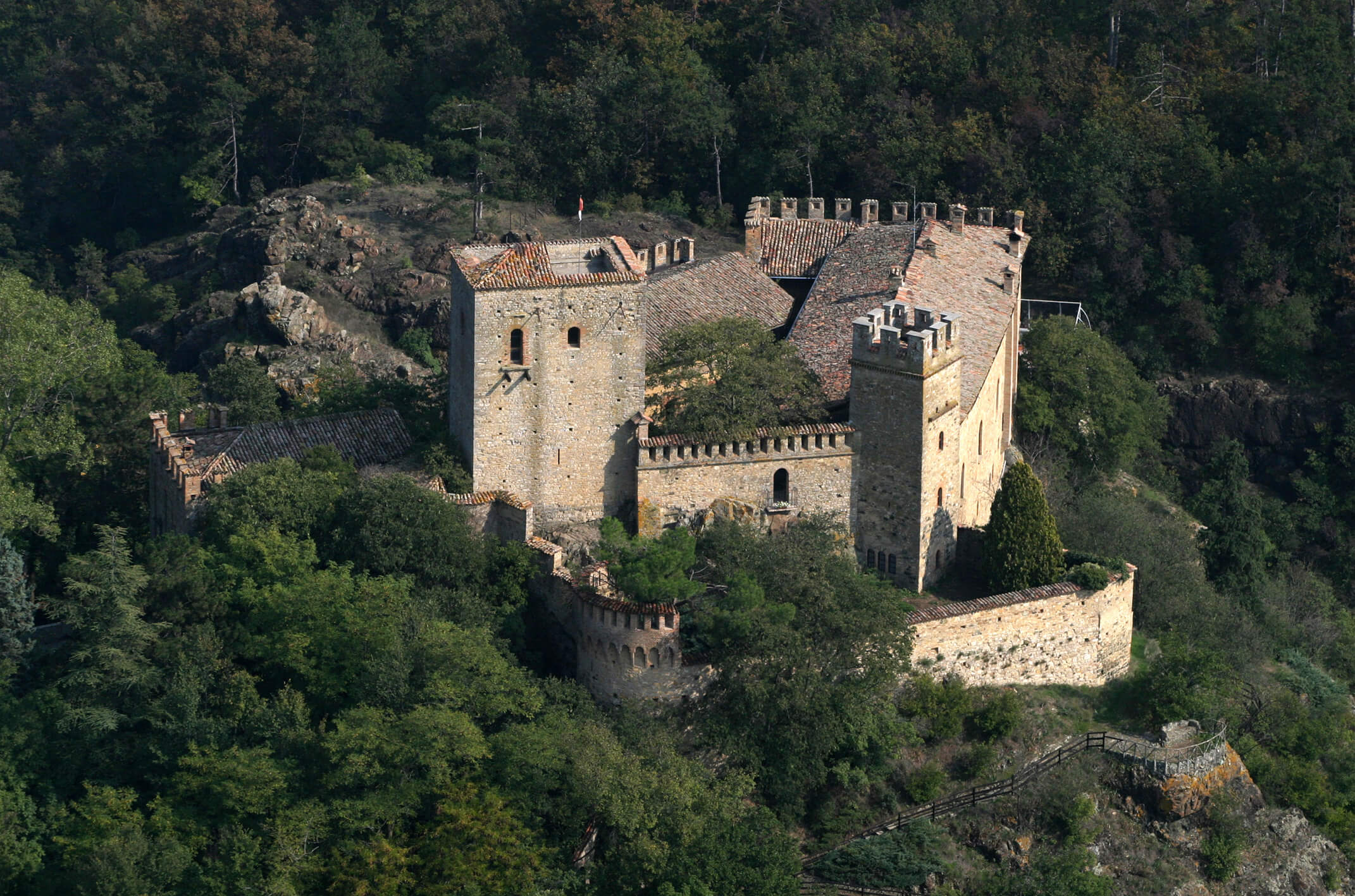
SAN PIETRO IN CERRO
Founded by Bartolomeo Barattieri in 1460 on the remains of a previous settlement, the castle stands 20 km from Piacenza, on the border with the territories of Parma and Cremona. Conceived as a fortified noble residence, the building has a rectangular plan from which the entrance keep and two round towers emerge; the external austerity, however, is softened by an elegant court with a double 15th century loggia.
Inside you can visit over 30 richly furnished halls, two honor rooms, kitchens and prisons. Among the rooms there is also a Historical Library, which contains over 2,000 volumes on the history of Piacenza, open by appointment.
The rooms of the loft instead host the MIM – Museum in Motion, a collection (exhibited in rotation) of over 800 works by contemporary Italian and foreign masters, with a section dedicated to Piacenza’s painters.
The building is surrounded by a large wooded park and a large garden.
VIGOLENO
This imposing fortified complex rises on the easternmost hills of Piacenza, on the border with the province of Parma, nearby Vernasca. Situated on the ridge that separates the Valley of the Ongina stream from the Valley of the Stirone stream, it dominates the surrounding countryside and its vineyards.
The medieval village, still intact, is among the most suggestive and rich in history of Piacenza. Its foundation dates back to the 10th century and in the course of history it became property of numerous families, mainly of the Scotti Family.
In 1922 the princess Ruspoli-Gramont restored it and made it home to social gatherings with illustrious artists and writers, such as Gabriele D’Annunzio, Max Ernst and Jean Cocteau.
In the early 1980s it was also (like Castell’Arquato) chosen as set for the movie Lady Hawke.
The village has an ellipsoidal structure enclosed by imposing crenellated walls, which a panoramic walkway follow entirely. From the walkway stands the quadrangular keep, adorned with Ghibelline battlements, which today houses some museum rooms.
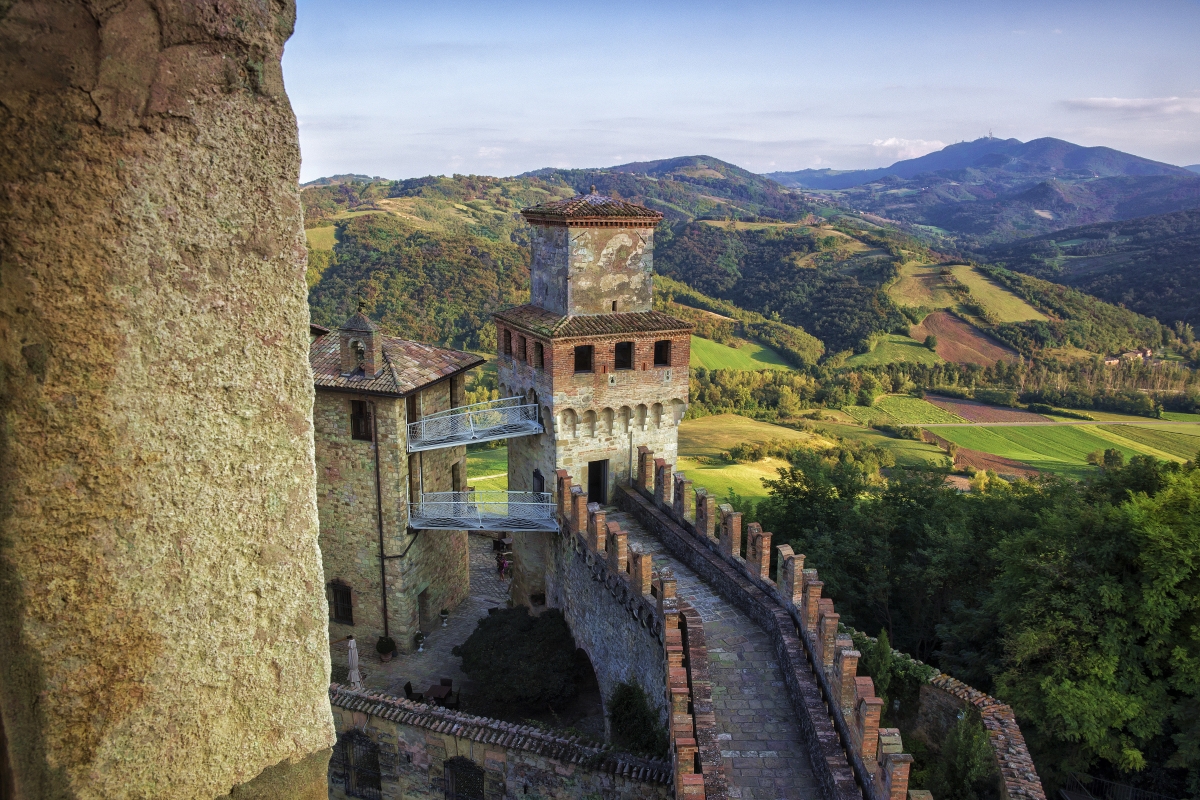
Author
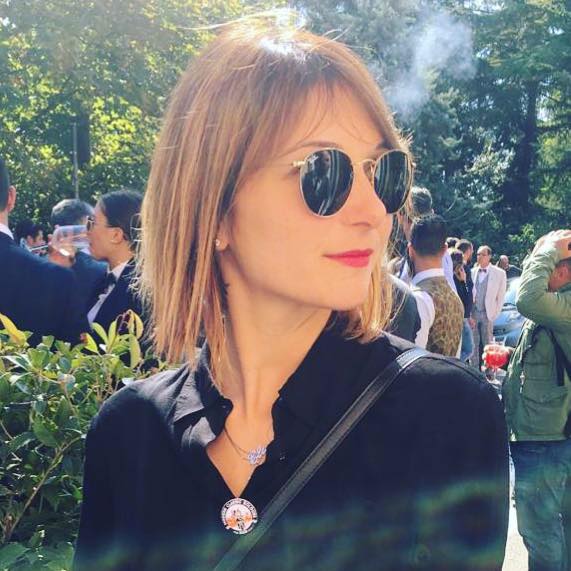
Elisa Mazzini
Social Media Manager for @inEmiliaRomagna and full-time mom.
You may also like
10 unmissable Castles of Malatesta lordship
by Walter Manni /// September 5, 2013
Dolce Vita in Valmarecchia: an itinerary among hamlets and hills
by Elisa Mazzini /// June 7, 2016

Interested in our newsletter?
Every first of the month, an email (in Italian) with selected contents and upcoming events.
